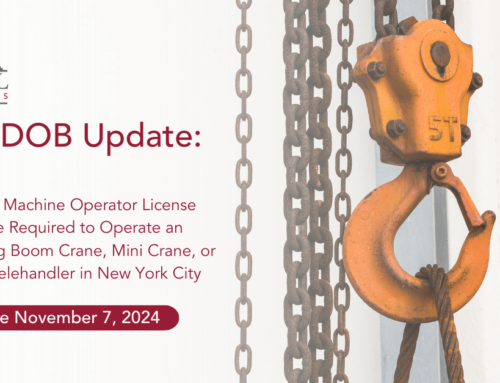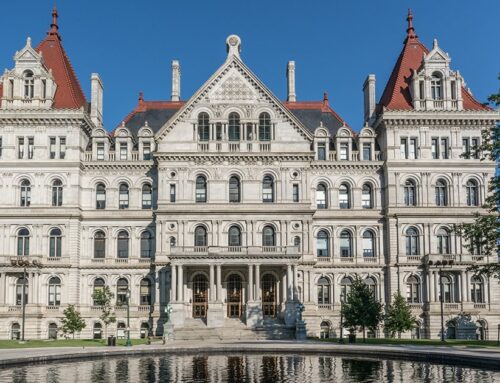The debate across party lines regarding the dreamers in the U.S. has become a major issue here in the state of New York. In the recent release of his 2019 FY budget proposal, Governor Cuomo highlighted his eagerness to continue to help the children of illegal immigrants or the dreamers who are living here in the state.
Under his proposed budget plans, undocumented students would be able to qualify for the Excelsior Scholarship program that covers the cost of public college tuition for those students whose families make $110,000 or less a year in 2018-19. The threshold will be increased to $125,000 per year in 2019-20.
The “Dream Act” as Cuomo calls it, will allow certain dreamers to attend SUNY (State University of New York) or CUNY (City University of New York) with absolutely no out of pocket tuition costs. Prior to this proposal, as of 2002 illegal immigrant students could only qualify for in-state tuition after they have graduated or received the GED from a New York high school. If his budget plans are approved, those same students will now qualify for free college.
The Dream Act passed in the New York State Assembly, however, has yet to get through the Republicans who control the state senate. Similar to the national debate, Republicans and Democrats highly disagree on whether or not dreamers should be allowed free college tuition. The debate deals greatly with funding and how state governments, specifically New York, in this case, will be able to afford the Dream Act. Some New York residents fear that the state will need to raise taxes in order to be able to support a large number of students applying for the scholarship and other aide disclosed in the Dream Act.
Beyond the frustrations some have over where funding for the program is being obtained, some feel as though the program is not addressing the states further problems with higher education. The program does not address the several New York residents with student loans they are struggling to pay off, nor does it address certain groups such as adults seeking to return to college or displaced veterans who may be looking to further their education in order to broaden their career opportunities.
Although Cuomo included a plan in his budget proposal that would help combat exploding student loans, it does not include any plan to help those who already need assistance and or plan on returning to getting a degree. The scholarship requires that the student must not have any breaks in schooling in order to qualify to be a recipient of it.
What the program also fails to consider is families with multiple children applying for the scholarship. If a family makes slightly over the income threshold, say $125,000 in 2018, and the family has five kids, those kids do not qualify for the scholarship even though the family who makes slightly less with possibly only one child, can qualify for the scholarship. A family with more children has more mouths to feed, but the scholarship does not consider the disadvantage that poses to them.
The city stated that 210,000 students will attend the two state public schools tuition-free. The question that remains is how will the state be able to continuously afford this. As stated in Cuomo’s budget proposal, $7.5 billion of the state’s budget will be allocated to investing in higher education. Of that, $118 million will go to providing free tuition for these estimated 27,000 students in the Excelsior Program.
What might benefit the Governor’s plans for higher education is to broaden the spectrum of people benefiting from the generous amount of money being set aside for the program. If the debate here in New York is handled anything like the national debate, the program may not fully be implemented for quite some time as the parties continue to go back and forth on agreeing on a solution.





